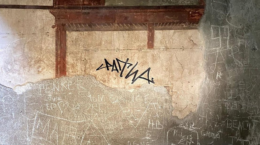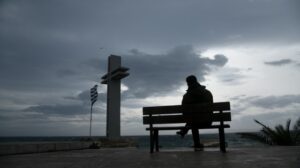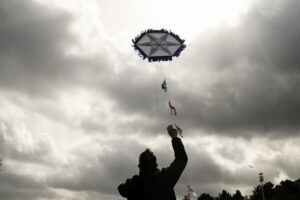A 27-year-old tourist from the Netherlands has been accused of defacing a frescoed wall in the ancient Roman city of Herculaneum, located near Naples, Italy. The vandalism occurred at a historic site that has remarkably survived since the catastrophic eruption of Mount Vesuvius in 79 AD. This incident highlights ongoing issues with the preservation of world heritage sites amid increasing tourism.
The Herculaneum Archaeological Park, a site less frequented but equally as significant as its neighbor Pompeii, was the scene of the recent vandalism. Italian police reported that the tourist used a black, indelible marker to graffiti a section of a painted wall within the site. The man’s graffiti signature was promptly discovered by staff, leading to his swift identification and arrest.
Herculaneum, like Pompeii, was buried under volcanic ash during the eruption of Mount Vesuvius. However, the deeper layer of ash in Herculaneum has preserved the site’s ruins exceptionally well, making any damage to these ancient structures particularly grievous. The site is renowned for its detailed frescoes and mosaics that provide valuable insights into Roman life and art.
Radio signal from space repeats every hour, defying explanation
Italian Culture Minister Gennaro Sangiuliano condemned the act, emphasizing the importance of preserving cultural heritage. “Any damage hurts our heritage, our beauty, and our identity, and that is why it must be punished with the utmost firmness,” he stated, according to a CNN report.
Continue here: Ancient Origins
Ask me anything
Explore related questions





